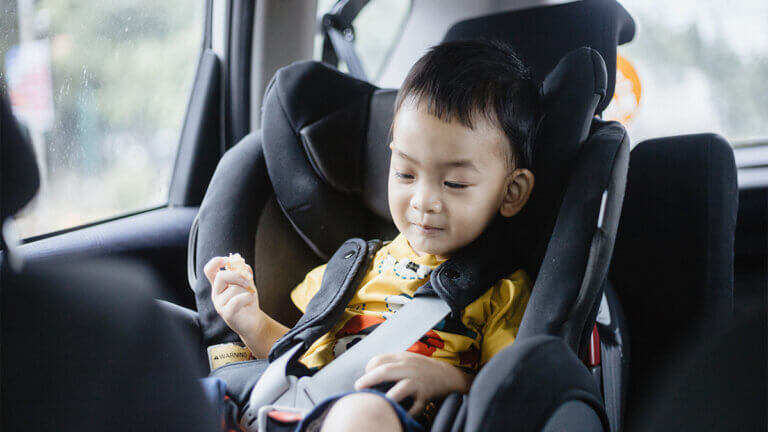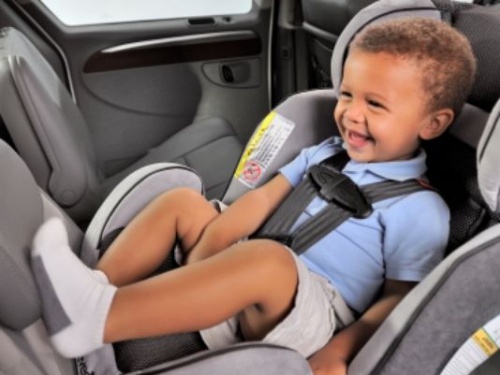Why Should Your Child Not Ride in the Car With Their Coat on?

The safety of our children is something that always concerns us as mothers. That’s why in winter we try to keep them warm to avoid a bad cold. But it turns out that this same coat that we use to protect them from the cold can be a deadly trap in case of a collision.
Question of Measures
A recent study has shown that the thickness of the coat we put on our kids in winter to protect them from the cold, creates an unsafe space between the safety belt of the car seat and the body of small children.
When their bodies are insufficiently secured to the car seat, they could be ejected in the event of a collision at only 60 km per hour.
Do a small test
Nothing is better than checking it out for yourself. When your little one is in the car seat with their coat on, adjust the seat belt accordingly, then take off their coat and re-seat them.
Note that the difference between the belts and their torso is significant. Those few centimeters can make the difference between a crash with serious consequences and another with nothing to regret. Be cautious and do not underestimate the scope of these car safety tests.
One minute makes all the difference
When mothers leave the house, their children are warm and likewise we put them in a warm car. This avoids having to take off their coat on and off again. The children will be very comfortable in their coats, but it puts their lives at risk.
So take a minute to remove their coat before entering the car and then to put it back on upon exiting the car. Your child’s life is worth much more than a minute. Keep in mind that winter accidents tend to be more frequent.

Carry a blanket in the car instead of a jacket
If you want to keep them warm during car transfers, you can have a blanket for each of your children.
After seating each one in their car seat and adjusting the belt, cover them with a blanket. We know that sometimes we are in a hurry and time is short, so teach them to wrap themselves up. They will surely feel great and self-sufficient. Give them that responsibility if they are already about 3 years old or older. You will be amazed at how well they do it.
Regulations
Every country has its own regulations. In Spain, for example, since October 1, 2015, police are obligated to not allow cars carrying children that are not observing safety regulations.

Basically, all passengers of the vehicle must have their seatbelts properly placed and fastened, as well as other approved restraint systems, both when traveling on urban roads and interurban roads. This is according to Article 117 of the General Circulation Regulations.
In addition, the legislation expressly prohibits children with a height equal to or less than 135 centimeters from traveling in the front passenger seat unless they use approved devices for this purpose.
Check your little one’s height, taking into account that children usually reach 135 centimeters between 8 and 10 years of age.
If you are in other countries of the European Union, check the regulations of each location because they usually vary.
A little extra caution
It is advisable to check, even if your child has reached 135 centimeters, if it is safe for them to be seated facing forward, especially in winter where there is a greater chance of accidents due to weather conditions. We also recommend using caution when traveling on roads or highways where cars usually go at higher speeds.
Share the information
Make sure that dad, grandparents or other people who take your children in the car know this information, so they will travel safely with anyone.
Also talk to your friends, help spread this information that can save lives and prevent serious accidents.
This text is provided for informational purposes only and does not replace consultation with a professional. If in doubt, consult your specialist.
